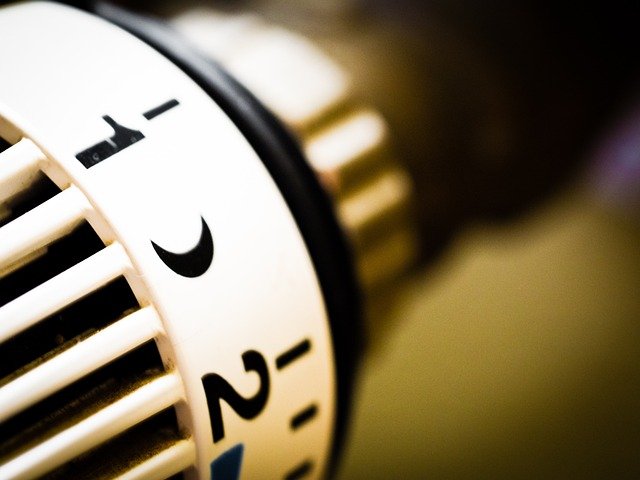Fan Heater Guide: Types, Use, Safety, and Maintenance
A fan heater is a compact device that moves warm air into a room using a fan and a heating element. These heaters are often used for quick, targeted warming and can vary by technology, size, and intended use. Understanding differences between fan heater types helps choose the right model for comfort, safety, and energy use.

fan heater: how it works and common uses
Fan heaters combine an electrical heating element with a fan that blows air across the hot surface and into the room. They warm spaces quickly and are useful for spot heating in bedrooms, home offices, bathrooms (if rated for that use), and workshops. Because they rely on forced convection, fan heaters can distribute heat faster than passive radiators but may be noisier. Look for thermostats, timers, and multiple heat settings to tailor runtime and energy use.
space heater: choosing for room size
When selecting a space heater, match capacity to room volume rather than floor area alone. Most small fan or ceramic heaters are rated around 750–1500 watts and are best for small to medium rooms. Larger rooms may need multiple units or a different heat source. Consider insulation, ceiling height, and how long you intend to run the heater. A space heater with an adjustable thermostat and an energy-saving mode can reduce runtime and help maintain a steady temperature.
portable heater: features and portability tips
Portable heaters are designed for easy relocation and typically weigh little and have integrated handles or casters. Battery or corded models exist, though most residential units plug into standard outlets. Check the plug and cord rating to avoid overloading circuits. Portable heaters are practical for intermittently occupied spaces; store them safely when not in use and avoid placing them near fabrics, papers, or liquids. Always follow manufacturer guidance for clearance and placement to reduce fire risk.
ceramic heater: benefits and limitations
Ceramic heaters use ceramic plates as the heating element and often include a fan to move warm air. They heat quickly, tend to be compact, and the ceramic element cools faster than oil-filled radiators, providing relatively rapid on/off responses. Ceramic heaters can be efficient for short bursts of heat, but depending on insulation and room size, they may consume the same wattage as other 1500 W heaters. Choose models with tip-over protection, overheat cut-offs, and adjustable thermostats for safer use.
oil-filled heater: characteristics and safety
Oil-filled heaters are filled with a special thermal oil that retains heat after the element turns off, delivering steadier, quieter warmth without a fan. These units are often called oil-filled radiators and are suited to maintaining temperature over longer periods. They are slower to heat but can be more comfortable for continuous background heat. Ensure you use models with correct sealing and thermal controls; the fluid inside should be described as thermal oil, not ambiguous or incorrect terms. Oil-filled heaters are typically heavier and less portable than fan-based units.
| Product/Service Name | Provider | Key Features | Cost Estimation |
|---|---|---|---|
| AM09 Hot + Cool | Dyson | Bladeless fan heater, precise thermostat, quiet airflow | $300–$450 |
| Tower Ceramic Heater | Lasko | Ceramic element, oscillation, remote control | $50–$120 |
| Dragon 4 Oil-Filled Radiator | De’Longhi | Thermal oil-filled, multiple fins, adjustable thermostat | $100–$220 |
| Small Ceramic Heater | Honeywell | Compact portable heater, safety tip-over switch | $30–$70 |
| AVH Whole Room Heater | Vornado | Air circulation technology, thermostat, safety features | $80–$150 |
Prices, rates, or cost estimates mentioned in this article are based on the latest available information but may change over time. Independent research is advised before making financial decisions.
Conclusion
Fan heaters and their related types—space heaters, portable heaters, ceramic heaters, and oil-filled heaters—serve different needs depending on how quickly you want heat, how quietly you want it delivered, and how long you intend to run the unit. Evaluate room size, safety features, thermostat control, and energy use when choosing. Proper placement, regular maintenance, and adherence to manufacturer safety guidelines will help ensure reliable and safe operation.





